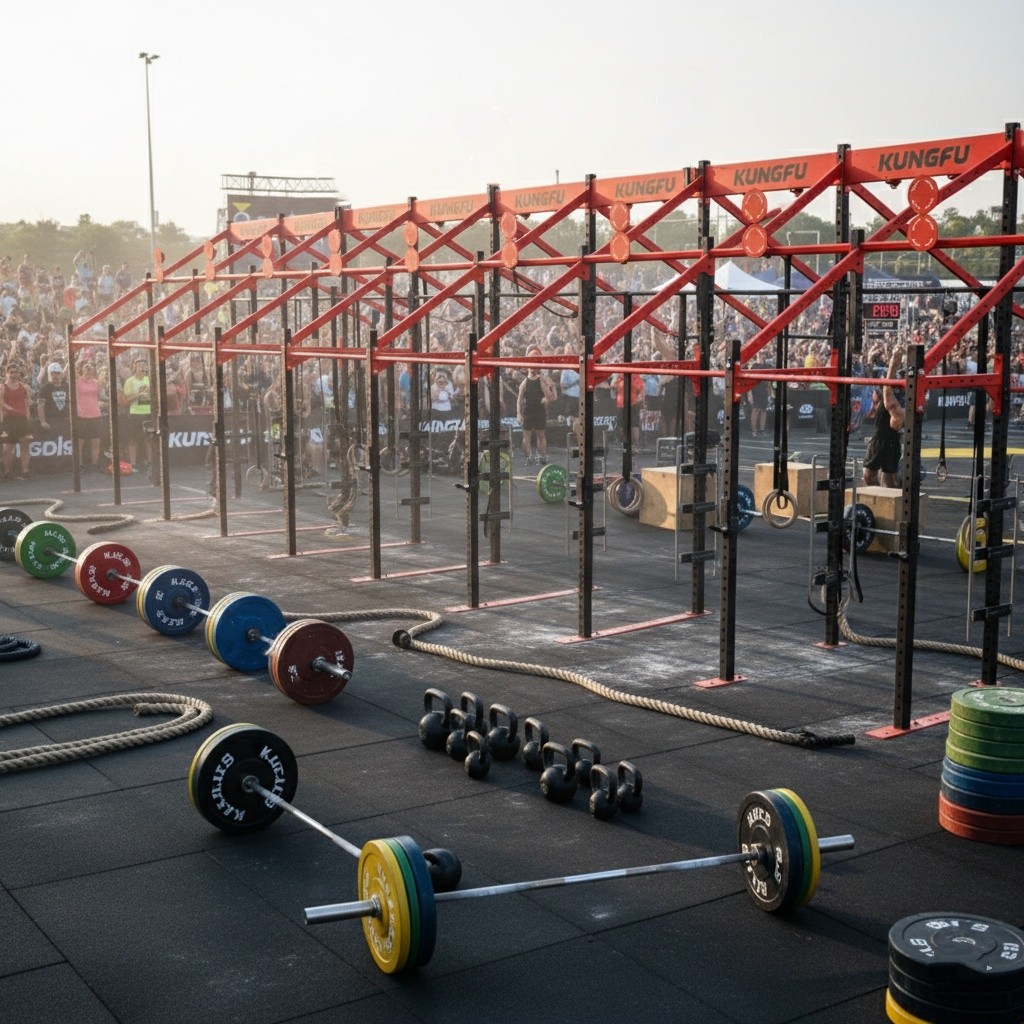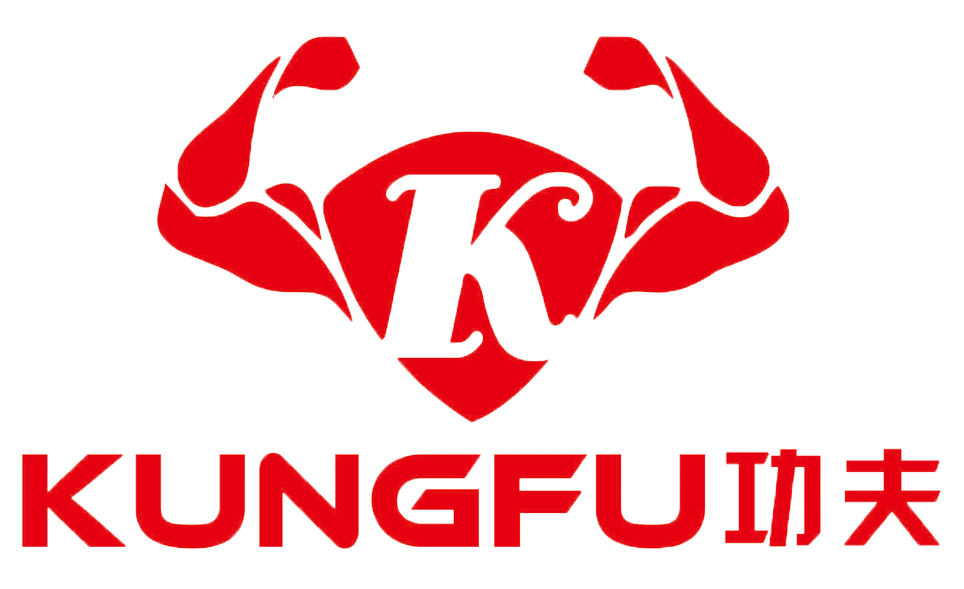The Foundation: What Defines a "Competition-Grade" Rig?
Unyielding Stability and Industrial-Grade Materials
- Heavy-Gauge Steel: The industry standard for any commercial rig is 11-gauge steel. For a competition rig, especially a large, freestanding one, it is the absolute minimum. The uprights should be a robust 3x3" profile, providing maximum stability and minimizing any sway or vibration, even when multiple athletes are performing dynamic movements simultaneously.
- Robust Hardware:
The hardware—the nuts, bolts, and pins that hold the entire structure together—must be oversized and rated for extreme loads. Typically, this means 1-inch hardware throughout. This not only increases the structural integrity but also provides a visual and psychological sense of security to the athletes.
- Floor Anchoring:
A freestanding competition rig must be securely anchored to a suitable concrete floor. The base plates on the uprights need to be thick and feature multiple anchor points to ensure the rig remains completely immobile under load.
Modularity
- Standardized Compatibility: The uprights must feature standardized hole spacing (often 2-inch spacing with 1-inch through-holes) to ensure compatibility with a wide ecosystem of attachments, from J-hooks and safety arms to dip bars and landmine trainers. This ensures the rig can be used for standard strength training on a daily basis.
- Reconfigurable by Design: The entire system should be designed like a professional-grade set of building blocks. A gym owner must have the ability to easily swap out a standard pull-up bar for a multi-grip crossmember, add or remove sections to change the rig's length, and reconfigure the layout to suit different training programs or event needs. This modularity is the key to its long-term value, allowing the gym to adapt and evolve without needing to replace its single biggest investment.

A Purpose-Built, Integrated Performance Surface
